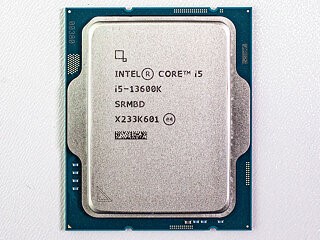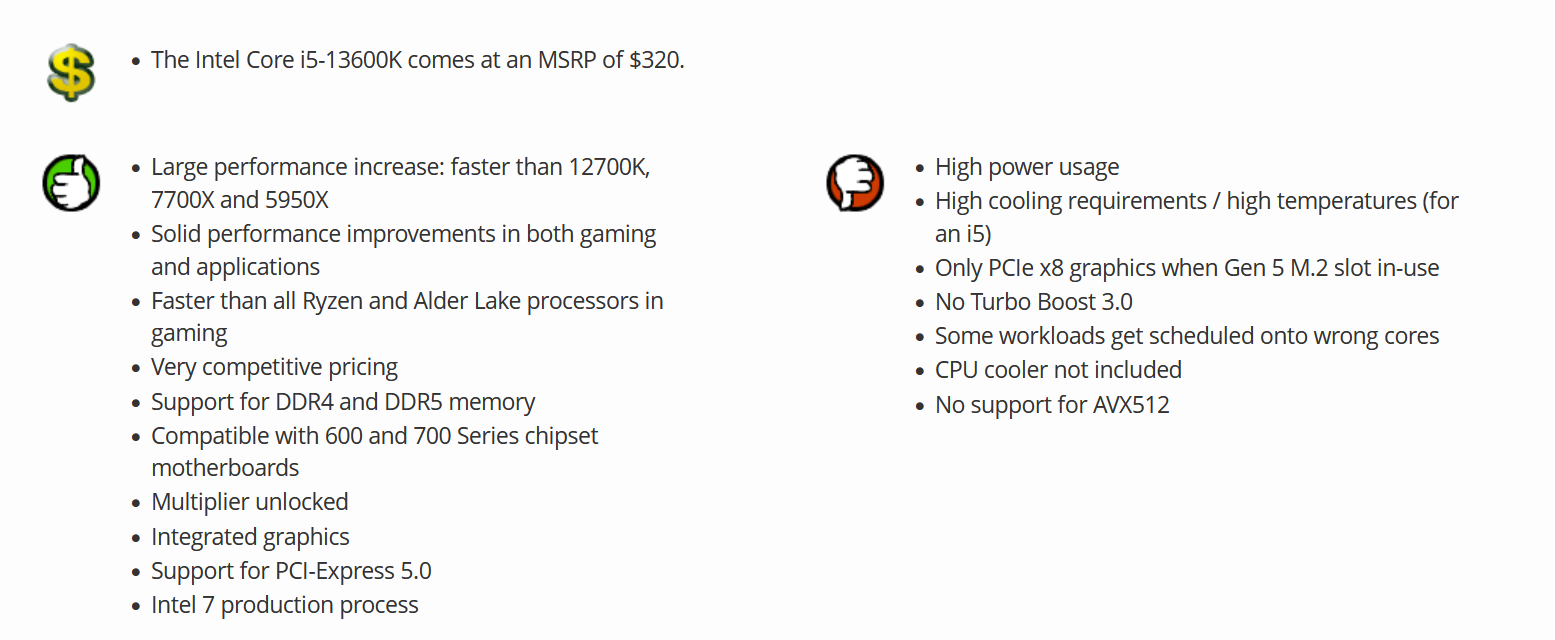Situatie
The Core i5-13600K leads the performance-segment of the company’s swanky new 13th Gen Core “Raptor Lake” desktop processor family. This $300-ish market segment attracts a wide range of users, from gamers to creators on a budget. You get almost the entire feature-set of the series, at a lower core-count. It joins the Core i9-13900K, which we’ve also reviewed for you today; besides the i7-13700K.
While the Core i5 desktop processor series have historically spanned mid-range prices, Intel has done several value-additions to Core i5 over the years, such that it created two sub-series—the Core i5 K/KF-series, and the non-K/KF; with the two having distinct CPU core-configurations, L3 cache sizes, and other features.
Solutie
The “Raptor Lake” microarchitecture is the swansong of monolithic silicon client processors for Intel. Future generations will implement the IDM 2.0 product design, and will be multi-chip modules with chiplets built across various foundry nodes. The “Raptor Lake” silicon is fabricated on the same Intel 7 (10 nm Enhanced SuperFin) foundry node as the previous-gen “Alder Lake,” although Intel claims to have squeezed out a handful ofprovements, such as better electron channel mobility, which can let both the P-cores and E-cores gain increases in clock speeds by as much as 600 MHz over the previous-generation, and minimally higher power. The transistor-density is unchanged, since it’s the same the node. The “Raptor Lake” die measures 23.8 mm x 11.8 mm (257 mm² die-area).
The memento should go well as a backdrop item for video-format tech journalists. The retail Core i5-13600K comes in a simple paperboard box, which lacks a boxed cooler.
The Core i5-13600K processor package looks like the 12th Gen processors, as it shares the same LGA1700 socket. It’s backwards-compatible with 600-series chipset motherboards with BIOS update. Many of the premium models come with USB Flashback.
According to Intel, the MSRP for the 13600K is $320, which is almost disruptive to AMD’s Zen 4 offerings. Ryzen 5 7600X currently sells for $300, the 13600K offers better performance across the board. Even the Ryzen 7 7700X ($400) which is the fastest Zen 4 gaming CPU will become difficult to sell now, because 13600K offers higher gaming performance at a lower price point. If you’re a gamer, then 13600K will be a better choice than 13900K, because gaming FPS are nearly identical, and you’re saving $300 that can go towards a faster graphics card, which will gain you more FPS. AMD’s new Zen 4 platform requires very expensive motherboards.
Even the “cheapest” B650 chipset board costs well over $200, while Intel motherboards can be found for around $100. Sure, these might not be the latest and greatest Z790, but there won’t be any big differences when opting for a cheaper B660 board, for example. The biggest selling point of Z790 is support for Gen 5 M.2 NVMe SSDs—an ability that AMD natively offers on their Zen 4 platform. On Raptor Lake, adding Gen 5 M.2 means stealing some PCIe lanes from the graphics card, so when installing an SSD in the M.2 Gen 5 slot of your motherboard, your graphics card will run at PCIe x8 instead of PCIe x16 (without an SSD in that slot, the GPU will run at full x16). This makes little real-life difference, but it feels like Intel didn’t properly budget their PCIe 5.0 lanes in the CPU, unlike AMD who offers this capability and still gives you x16 on the graphics card.



